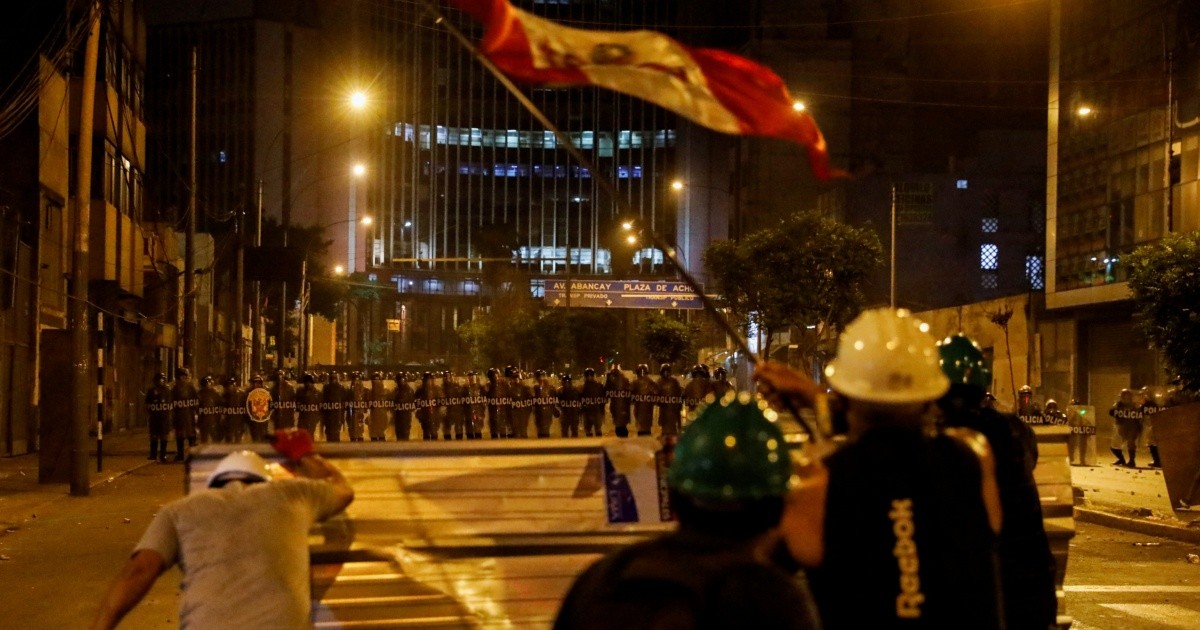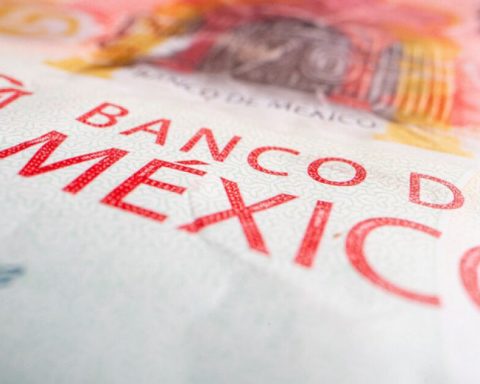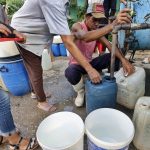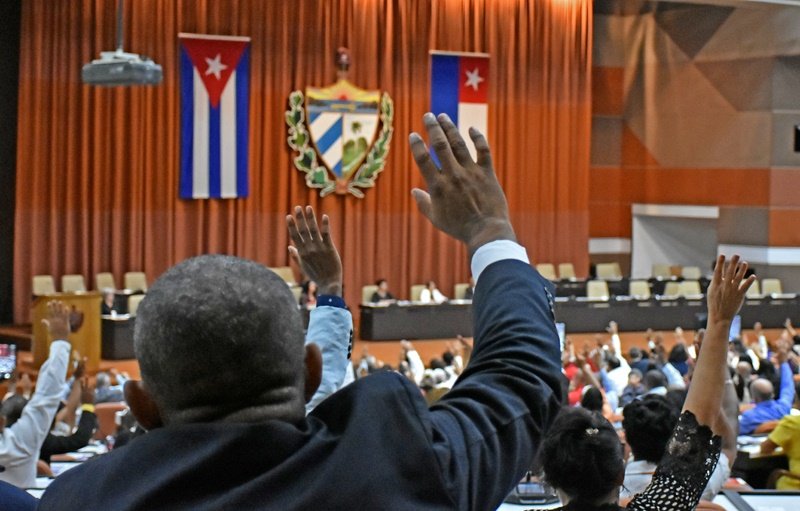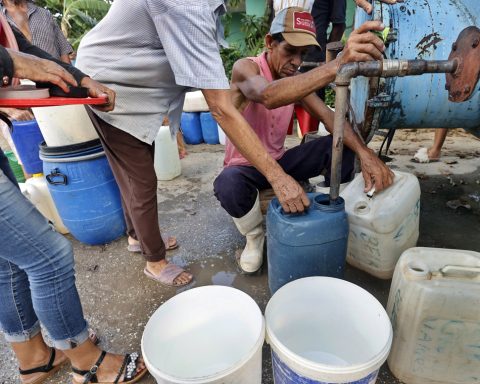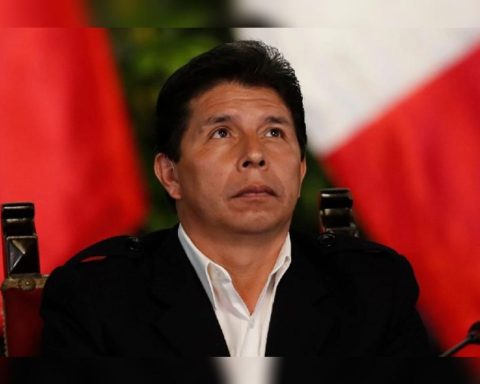The mining, Peru’s economic enginesuffers for two months of political protests against the government of Dina Boluarte that caused a new stoppage in several of the most important mines.
responsible fore almost 14% of Peruvian GDPSince the beginning of January, mining activity has faced the blockade of a key route to transport at least 20% of the copper produced in the country, interrupted by protesters demanding the resignation of the president and general elections.
“Where are we going to go? Because the company is not going to support us for the rest of our lives” with production paralyzed, said Elmer Centurión, 45, who works as a technical operator of trucks hauling the mineral produced in Las Bambas, located more than 1,100 km southeast of Lima.
“We fear the perfect suspension (a legal measure that interrupts the payment of salaries) and that probably layoffs begin“Says Centurion worried.
Las Bambas, belonging to the Chinese group MMG, produces 2% of the world’s copper and 15% of the Peruvian with 8,500 workers, including contractors who only get paid when they work.
“Since January 3, no supplies have entered and activity is paralyzing,” said Erick Ramos, general secretary of the Las Bambas Workers Union.
A similar situation, says Ramos, occurs at the Antapaccay mining company owned by the Swiss company Glencore, “which has started minimal operations and is also about to announce that it is going to be paralyzed.”
The current blockade occurs in the Condoroma district of Cusco, in the so-called southern mining corridor, a route that crosses more than 400 kilometers in the southern departments of Apurímac, Cusco, Puno and Arequipa, to the Pacific port of Matarani.
chronic conflicts
“Mining is a key sector that has always had conflict. What is different in the last two years is that there has been no willingness from the government to support it, nor good management of conflicts,” economist Paola del Sol told AFP. Carpio, coordinator of the Center for Development Studies.
A reflection of this is the 0% growth expected by the Peruvian Central Bank in the metallic mining GDP of 2022.
Las Bambas assures that since it began operations in 2016 “it has suffered blockades” in the southern mining corridor “for more than 540 days.”
“Mining was coming losing some competitiveness due to regulations“, indicated Del Carpio when specifying that there are “many mines operating intermittently”, for which “uncertainty is key”.
According to the Ombudsman’s Office (ombusdsman), in November of last year, 58% of social conflicts in Peru were related to mining.
Former Economy Minister Luis Miguel Castilla pointed out that there are more than 60,000 million dollars in projects“but given the conflict situation, many are not taking place or are being postponed. And even before the protests, the sector was already threatened.”
According to Scotiabank Peru there will be an “impact of the protests and political uncertainty in general” that will be greater in private investment, both mining and non-mining.
The entity pointed out that the demonstrations have “a real but limited effect” on mining, since “the vast majority of other mines continue to operate.”
However, Guillermo Arbe Carbonel, manager of Economic Studies at Scotiabank, warned that for this year they expect the private investment falls between 2% and 3% and mining in more than 10 percent.
Elmer Centurion has a 38-year-old wife and two children, ages 11 and 7. He has lived from mining for two decades and it is his only source of family income.
“Since the first week of November I have been without work” due to the repeated protests in the mining corridor, he said.
In case of dismissal, “what options do I have? It is a great question. What remains is to reduce your expenses as much as possible, withdraw my children from the private school and put them in a state one. And look for an income, because I am not going to stay arms crossed.”
Bureaucracy and regulations
Disruptions also include bureaucratic and regulatory hurdles.
Former Minister Castilla highlights that “environmental, social, and water permits have become a torment, transaction costs have become onerous.”
Arbe Carbonel affirms that the downward perspective responds to the “current social scenario”, but also to the delay in bureaucratic procedures.
For trade unionist Ramos, “the Apurímac region has failed to understand that for every day stopped, 3.2 million soles (about 820,000 dollars) stop coming in from Las Bambas. And that is less budget for works. This has to stop, they cannot be keep wasting opportunities.
